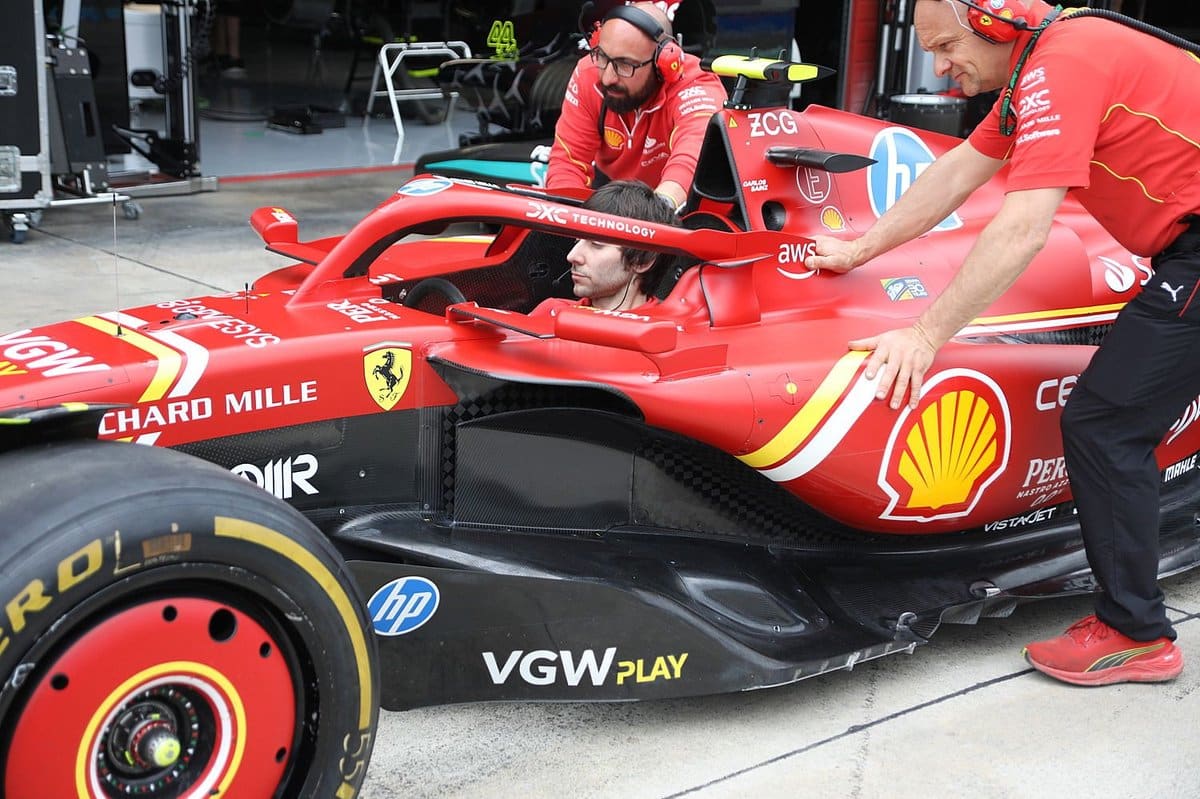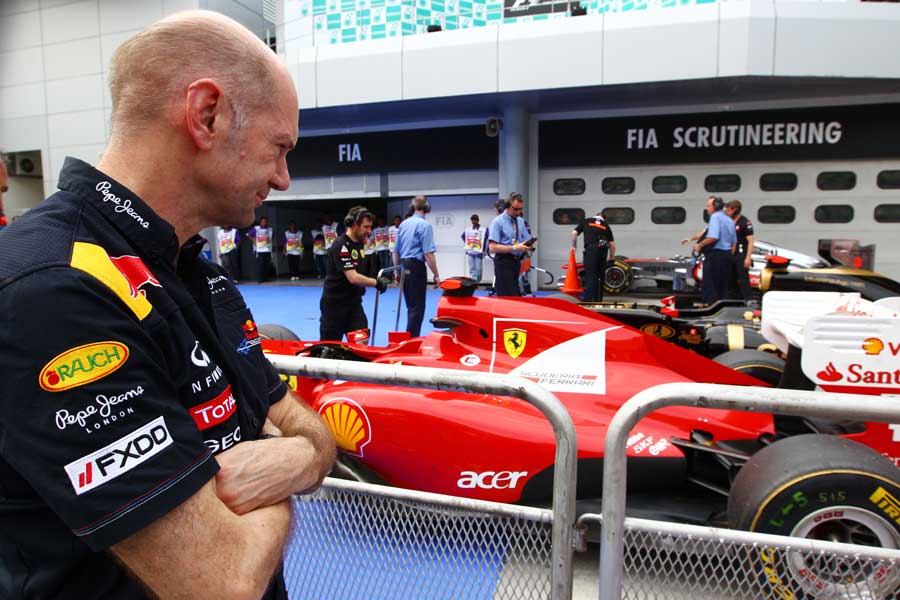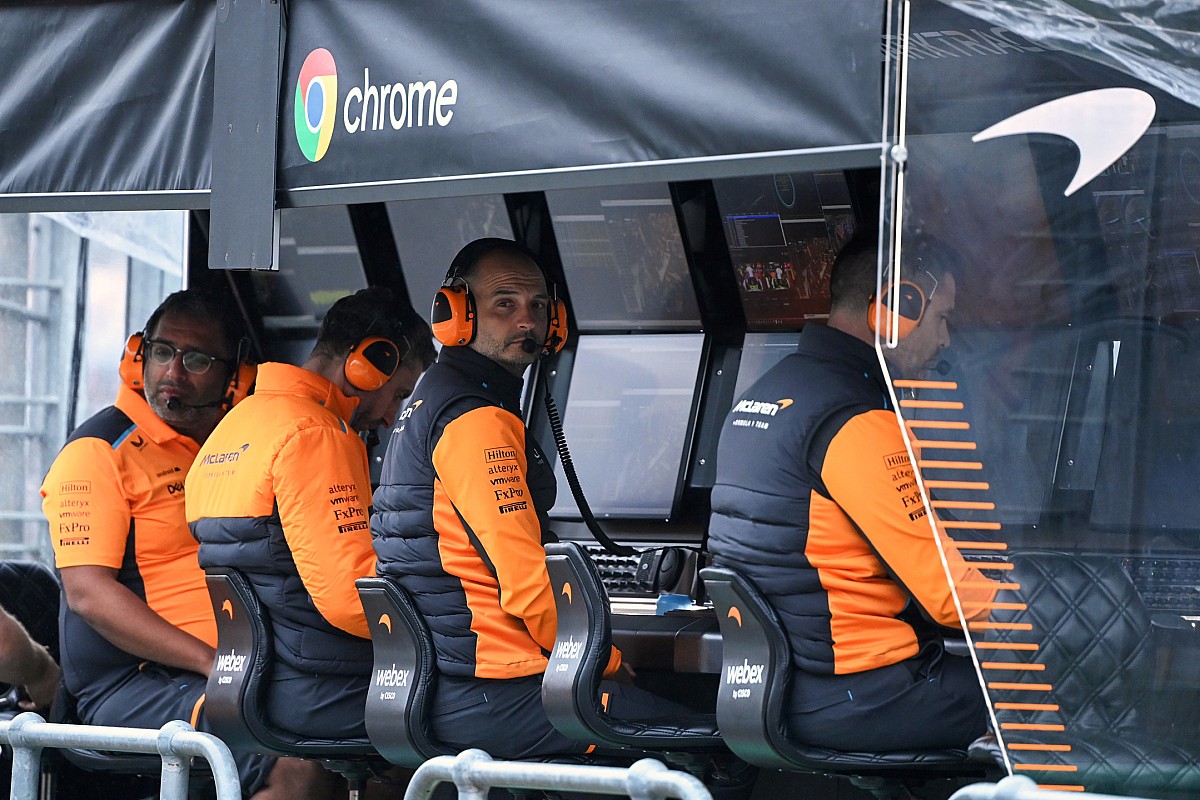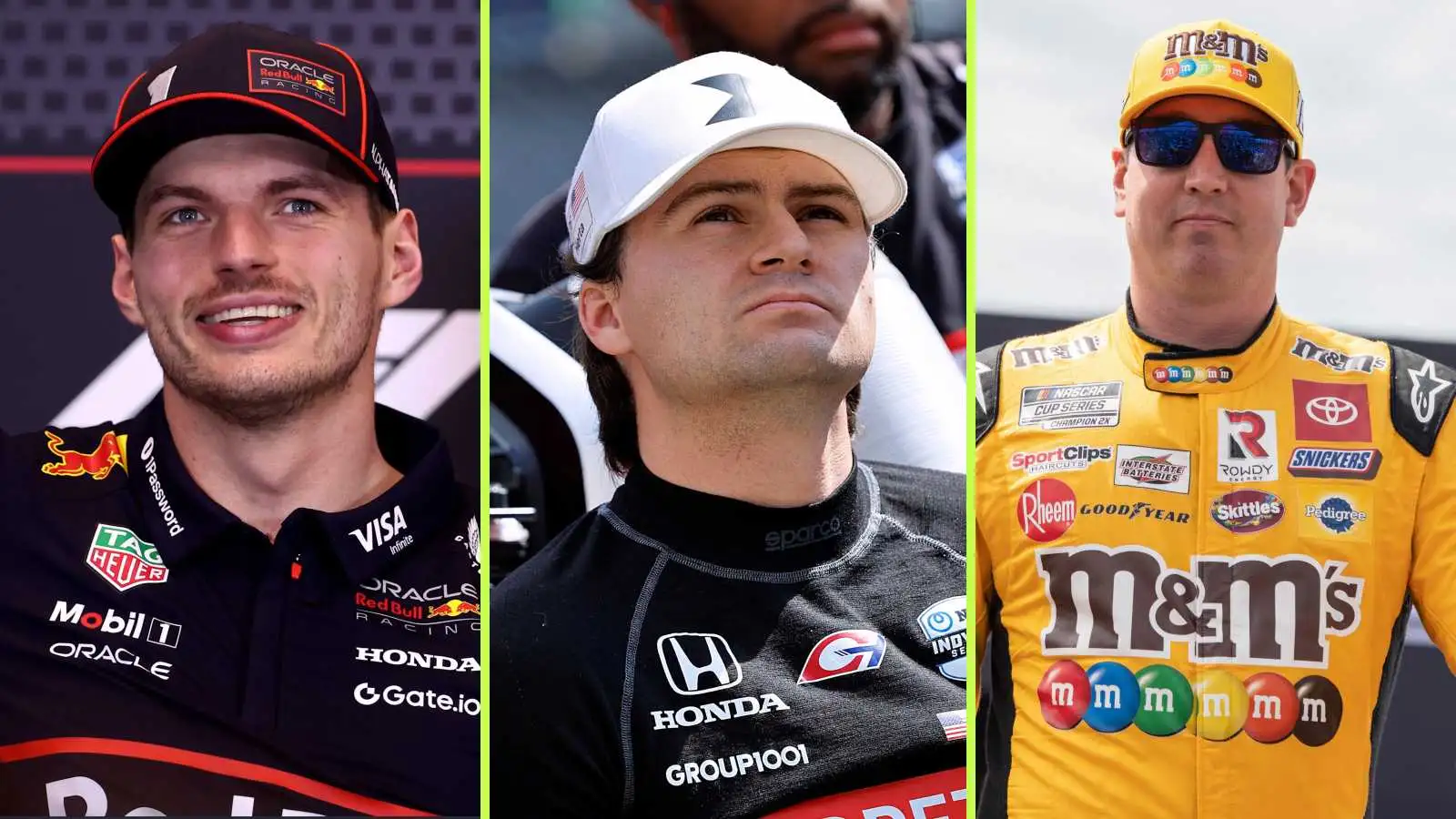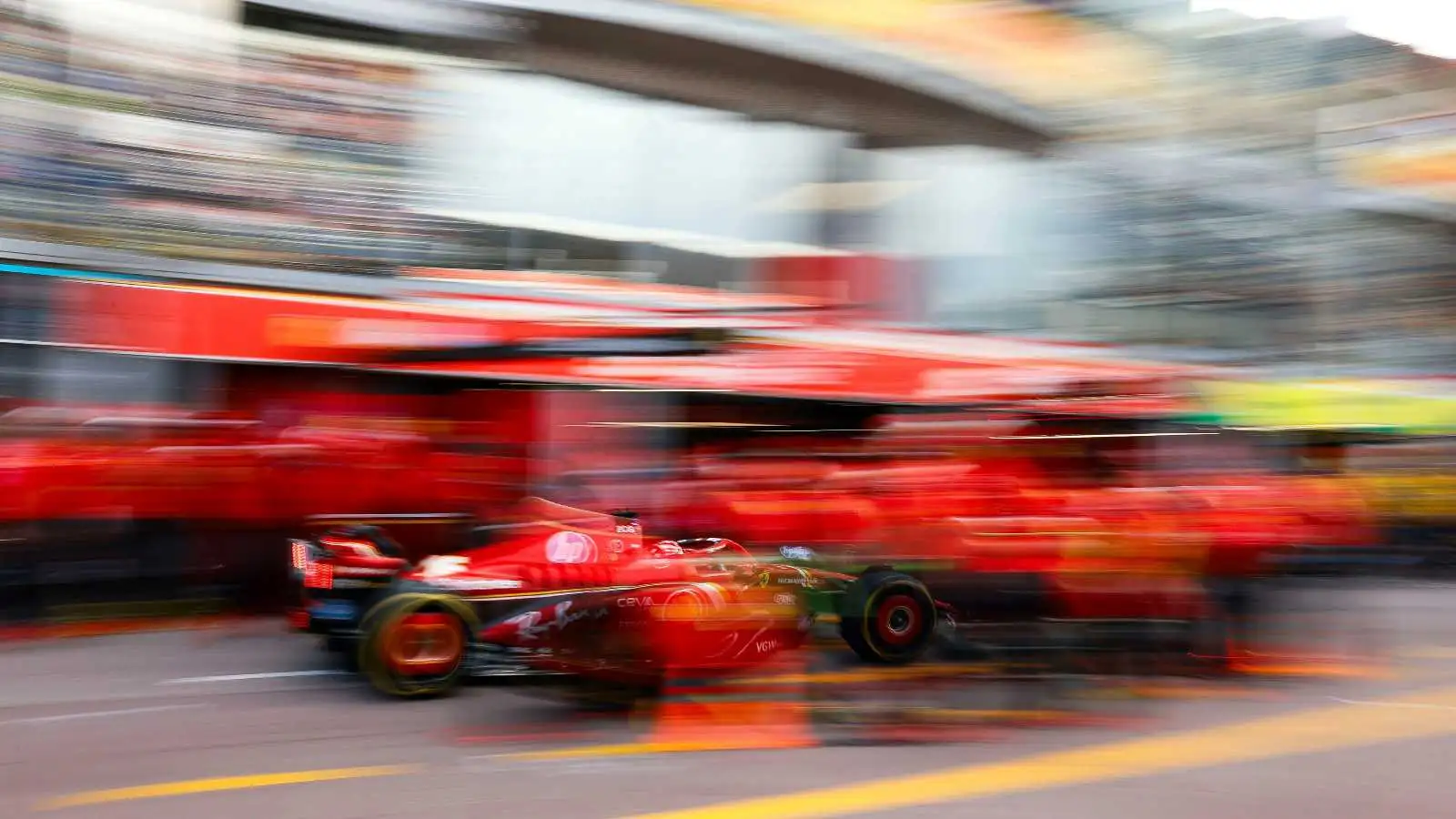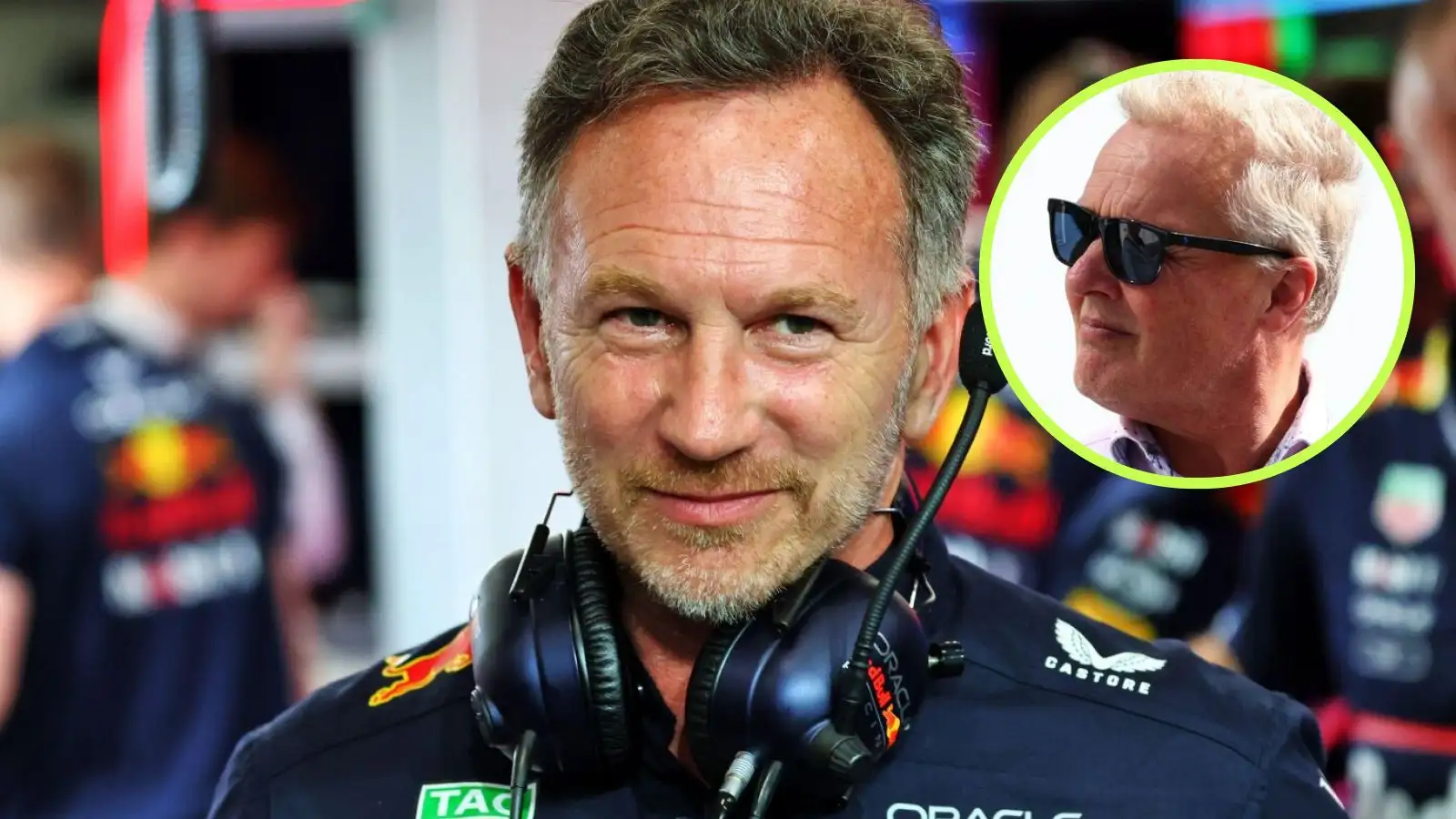Join us as we explore the technical intricacies of Formula 1 cars, highlighted during the Emilia Romagna Grand Prix. Renowned F1 technical journalist Giorgio Piola provides an in-depth look into these fascinating details.
Giorgio Piola brings us exclusive insights into the various technical evolutions present in the F1 cars at the Emilia Romagna Grand Prix.
We start with Mercedes’ W15, showcasing its sidepod and bodywork. This detailed image reveals the internal structure of the cooling louvers, typically hidden when the car is fully assembled.
Next, we examine Ferrari’s SF-24. The team has introduced significant changes, including a horseshoe bracket on the floor edge wing, a new rear wing design with a revised tip section and endplate for improved efficiency, and an upgraded engine cover cooling outlet. Additionally, Ferrari has updated the sidepod inlet arrangement, opting for an overbite with a merged upper inlet and vertical bypass duct, and redesigned the mirror vanes beside the halo.
Aston Martin’s AMR24 has seen modifications to its nose and front wing, with a revised central mainplane and v-shaped upper flaps designed to enhance outwash while maintaining downforce.
Sauber’s C44 features a dual-wing specification, with the upper wing sporting a Gurney on the upper flap and the lower wing showcasing a revised outboard section with an added control flap.
Ferrari continues to impress with its twin pipework cooling system for the brake calipers, visible with the brake drum cover removed. This system helps regulate the temperature within the brake assembly.
Red Bull’s RB20 brake duct assembly emphasizes strategic heat release, impacting the thermal behavior of the tires, a detail visible with the caliper removed.
Lastly, Sauber’s front brake duct assembly on the C44 demonstrates the lengths designers go to control airflow and heat transfer within the brake nests.
These technical innovations, brought to light by Giorgio Piola, offer a glimpse into the meticulous engineering that goes into preparing F1 cars for a Grand Prix. Each team’s unique approaches highlight the ongoing battle for aerodynamic supremacy and efficiency on the track.
